When looking at satellite images of large Midwest cities, one notices an obvious difference. Detroit is very green. This green comes from the unfortunate increase in abandoned properties, but Detroit has proven great at coming together and using innovation to make the best out of tough situations. A great example of this is Palmer Park. As the organization People for Palmer Park describes it, the park is "comprised of 296 acres of lawns and historic woodlands, a public golf course, tennis courts, outdoor pool, hiking and biking trails, Lake Frances, a historic log cabin, and more." With budget cuts in Detroit, much of the park has been left to decay, but residents continue to enjoy the open grassy spaces and community organizations like People for Palmer are working to restore the park to its former glory. Cities all over the world are recognizing the benefits of providing safe, natural spaces for the public to enjoy.
Dan Scarsella, owner of Motor City Brewing Works, is trying to make this green space, greener. He has transformed the old racquetball courts into a composter. Every week he recycles the spent grain from his brewery in a mixture with wood chips from fallen trees and manure from the police horses. The resulting compost is used to supplement the park gardens.
 I had the privilege today to meet with Sarah Popp, the Detroit Zoo's manager of environmental sciences, to talk about the zoo's mission to significantly lessen its environmental impact, as well as "improve the green literacy" of the community. Some things I learned from our conversation: - Both animal waste and landscaping waste
- Waste is sent to Detroit Dirt on Brother Nature Farms in Corktown where it is composted and sent to local urban farms
- The animals alone produce an estimated 480 tons of waste per year
- All of this is diverted from landfills
These are just facts about the current composting program, which began 4 years ago. Many businesses and organizations turn to environmental consulting firms for assistance, but the zoo took it a step further and hired a team of sustainability experts to transform the zoo from a burden on the environment to a steward. Popp, herself, has a Masters of Science in Natural Resource Policy, making her highly quality to handle the zoo's abundance of "resources". The past 4 years the team has accomplished a lot on their mission, including (but not limited to) solar and electric, instead of gas-powered golf carts and progressive recycling system that diverts items ranging from water bottles to ink jet cartridges from building up in landfills. The initiative continues to expand their outreach with educational programs and, the most exciting to me, they are in the works of purchasing an anaerobic digester for on-site composting. "We are working with the Albert Kahn Architecture Firm here in Detroit to design an anaerobic digester, which will hopefully be ready for use by the end of 2014". For more information, visit my post about Anaerobic vs. Aerobic Decomposition. The Detroit Zoo is a great example of an organization taking on their responsibility to the Earth. If anyone understands the urgent need to limit our impact on the environment, it is the people who work with endangered animals, many of which are endangered because of loss of habitat or human pollution. Let the zoo be an example for other organizations and businesses to follow.
Picture steamy greenhouses full of hopeful seeds, rows of vibrant young lettuce sprouting from rich soil. Now zoom out to see that you are not in the deep country, you are looking at Brother Nature Farms in the middle of downtown Detroit. Though I only spoke with Greg Willerer, owner of Brother Nature farms, on the phone, I could sense his deep passion for his city and for the Earth. He was happy to take time out of his day (even with a baby on the way) to give me an in depth description of his experience as a farmer in Detroit, and more importantly, as a person that composts.
Overall, he stressed a "diversity of elements" when composting. This can be achieved by adding a variety of ingredients. Willerer compares making compost to making soup. Just as a good soup has many vegetables, spices, and flavors, a nutrient rich compost must be heterogeneous. "For every 2 ft of compost we put a bucket of ash". The ash adds carbon as well as high levels of potassium and calcium. Coffee grounds are also high in carbon. The variety leads to a high concentration of trace minerals in the finished product, these minerals are necessary for healthy plant growth. It is especially important in urban areas where much of the soil contains remnants of infrastructure or toxins. Another requirement for both residential and urban composting is stench control. To handle this, Willerer uses "lots of leaves", or to be more precise, 60-70% of the pile is leaves.
Willerer's efforts in urban farming and composting are impacting the future, and present, of Detroit. Gardens and farms are flourishing on the abundance of available land, these farms will shape the layout of future Detroit. As of now, Brother Nature and the other farms are providing a vital fresh food source for the residents of Detroit.
In my quest to understand where my waste goes, I came upon the Selected Solid Waste Management System. This document summarizes the Solid Waste Plan of my home, Oakland County. As I read, I found that on multiple occasions, citizens are referred to as "waste generators" and I realized, that is really what many of us have become. Being waste generators is just the product of being "consumers". We buy, we consume, we throw away, and repeat. Here a link to the document: http://www.advantageoakland.com/ResearchPortal/Documents/wrm_swplanselectedswmgmtsystem.pdfThere is a lot of information in here. Overall, I found it relatively clear and constructive. It talks about what Oakland County has been doing, what some of the problems are, as well as some possible future solutions. The wording, especially in the Waste Reduction, Recycling, and Composting section (p 34) tended to be slightly ambiguous, it is only a report, summarizing the state of the waste management in Oakland County. To find more specifics I will have to delve into the Final Solid Waste Plan Report.
|
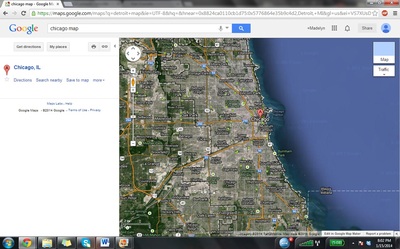
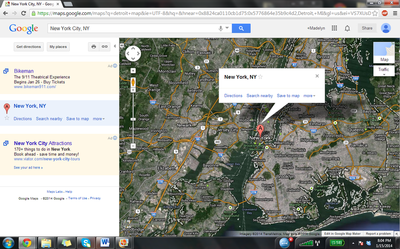
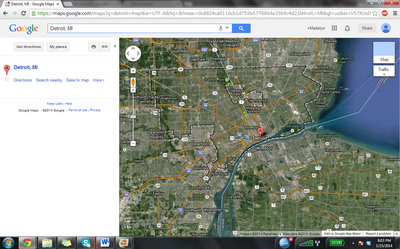
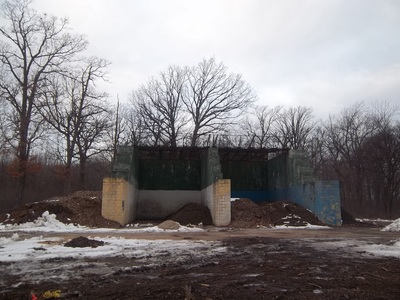
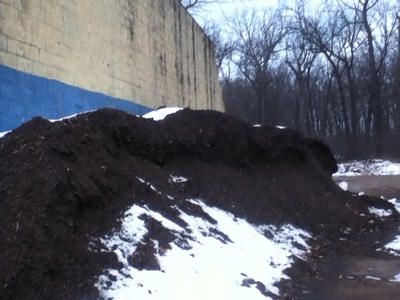
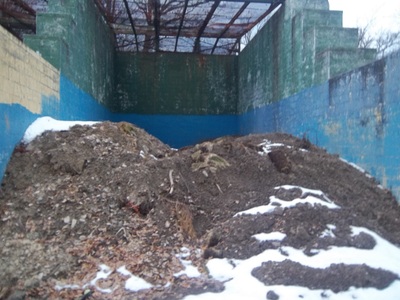
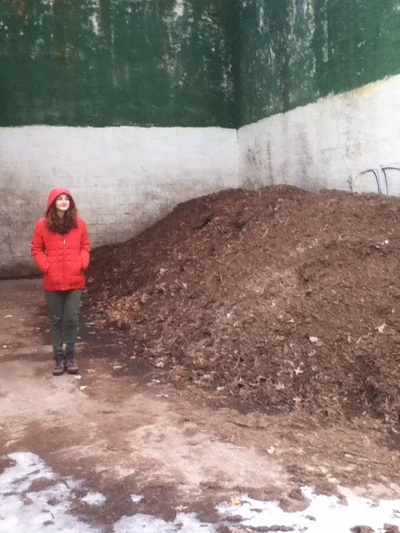
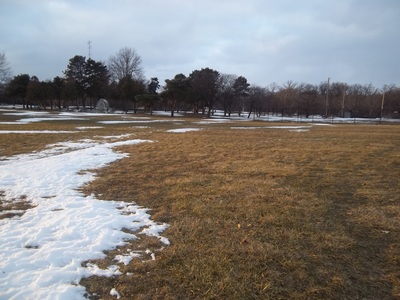

 RSS Feed
RSS Feed